This is what this installation steps looks like when all the partitions have been created with GParted. The installer will proceed with the installation even when a swap partition does not exist.

Partitions
GRUB, the GRand Unified Bootloader, is the only boot loader supported by the installer. This is GRUB 2 and not GRUB legacy. At this stage, the installer shows no support for extra boot loader settings, like password-protection and (boot loader) timeout.

GRUB settings
Software Manager: Out of the box, the package manager is pointed at Debian’s testing repository with non-free components.

Repositories
An observation I made about Mint’s Software Manager in the review of Linux Mint 9 is the need for a separate category for security application. I think it would make it easier to browse through the list of security and security-related applications available on the system. I hope Clem and the Mint team will take this suggestion in to consideration at some point before they roll out the stable version.

Software categories
Final Thoughts: I am sure that Mint fans are rejoicing over the rolling updates feature of Linux Mint Debian. While I acknowledge that rolling updates is a very cool feature, I would like to see Clem and crew live up to their promise to make this edition “as similar as possible as the main edition.” For me, an important part of that promise is to see an installer that is, feature for feature, a match for the Debian installer.

The promise
The new installer on this experimental release bears no resemblance to that on its parent distribution. The Debian installer is a full-featured one. It has support for most features that are standard on the best Linux installation programs – full disk encryption, LVM, and RAID. If Linux Mint Debian aims to be “as similar as possible” to its parent distribution, that similarity should extend to the installation program.
In many respects, a distribution’s installation program is what sets it apart from others. All things being equal, it is the reason I would rather use Sabayon than, say, Mint, or Fedora rather than Ubuntu desktop (not Ubuntu with text installer).

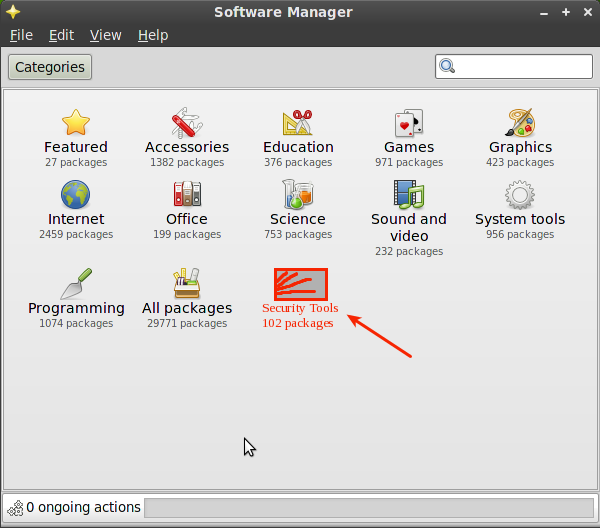
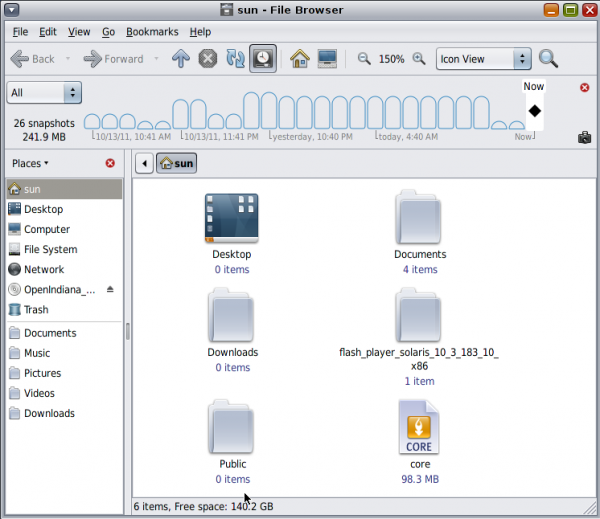
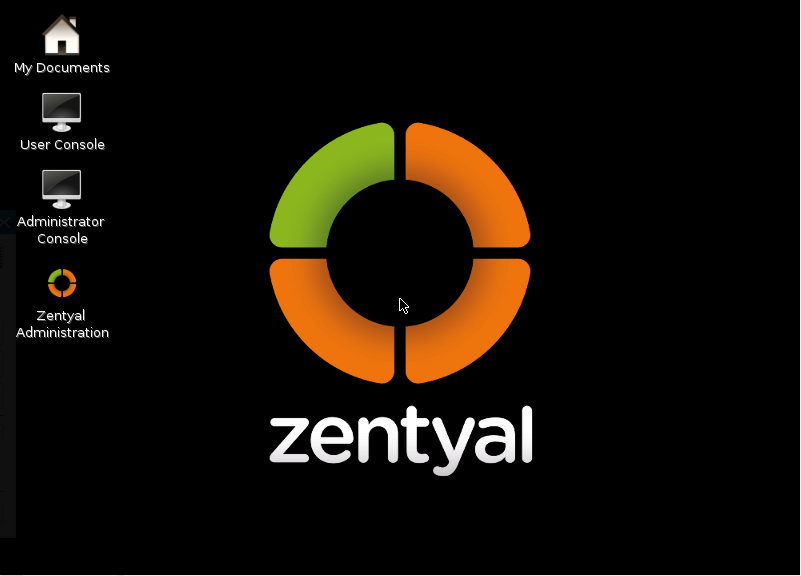
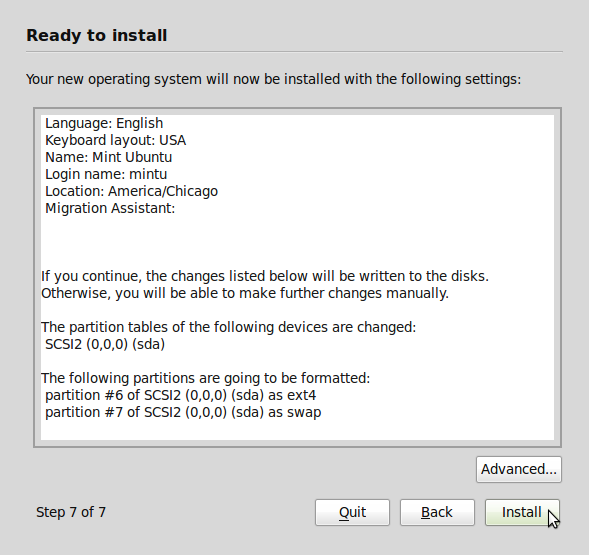
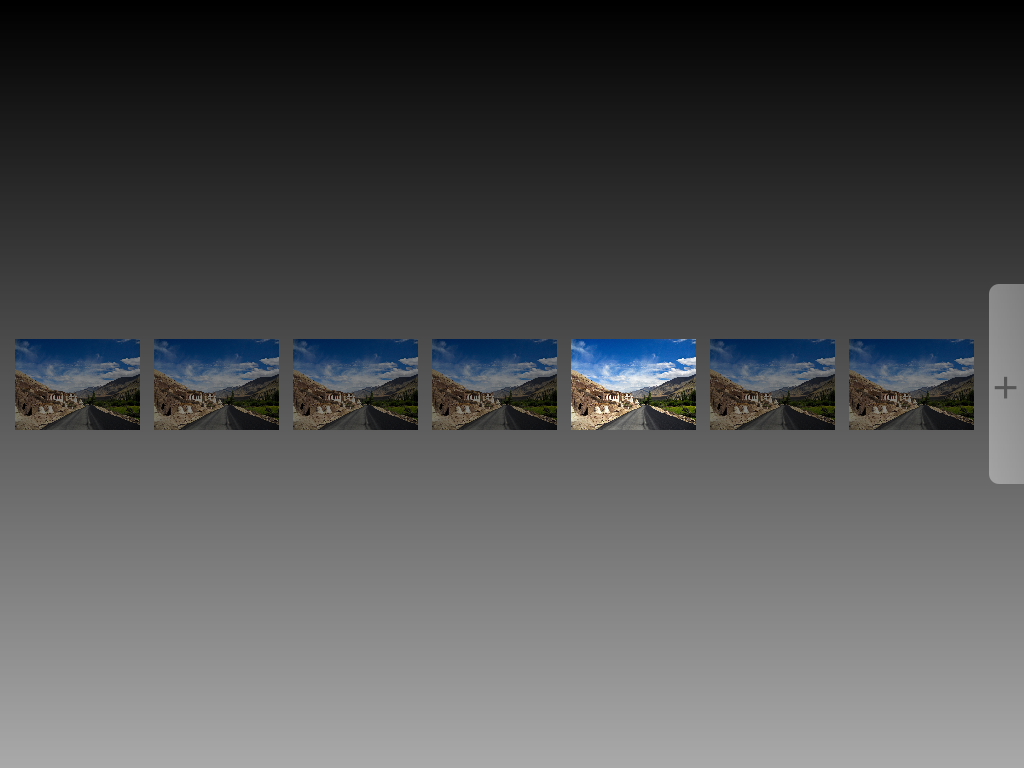


I agree with Disposed. If you think there is no difference between a distro that’s based off the rock solid Debian and the more buggy Ubuntu then you’re less informed than I thought. Add to the fact that with LMDE you can keep your system maintained without downloading more ISOs. Now I will go to Mint 9 and see their review of Iceweasel 😛
This review makes no sense. The installer is the least important part of a distribution. You install it once then forget it.
LMDE is not identical to the ubuntu versions you should have done a full review and found out the real differences instead of wasting 2 pages on the freaking installer.
There will be performance differences, different packages available etc. a competent reviewer would have gone over these things instead of pissing around with the stupid installer.
“The installer is the least important part of a distribution. ”
Wrong.
If the installer is like the Ubuntu/Mint installer, then you miss out on plenty. Think about the advantages of LVM, disk encryption and boot loader password protection, then you will have an idea why the installer is one of the most important aspects of any operating system. Try reading these:
http://www.linuxbsdos.com/2008/09/24/the-benefits-of-using-linux-logical-volume-manager/
http://www.linuxbsdos.com/2010/02/09/a-perfect-linux-or-bsd-desktop-distribution-2/
Are you freaking joking? The installer is not important at all. its a freaking ROLLING RELEASE you install it once, EVER.
If you are reviewing the installer of a RR distro you are an idiot…
If “the installer is not important at all,” what’s the point of having an installer then? You seem to not understand that a rolling release does not negate the need for a good installer, one that provides access to all the features available in the Linux kernel.
Also what is your point with linking 2 more of your clearly ignorant articles?
Do you think citing your own opinions as a source will sway anybody but yourself?
I get it you think the installer is important, and it is with a 6 months distro like Ubuntu or an 8 month distro like OpenSUSE but to say its important for a rolling release distro just shows that you dont really get what rolling release is.
If you think that the installer is not important, then you must also thing that elements of a building’s foundation are not important.
For your own education, try doing a comparison of Anaconda and the Mint installer, and then try to convince yourself that an installer is “not important at all,” rolling release or not.
I am no longer interested in arguing with you. You are wrong and make halfass asinine arguments to back up your ignorant statements.
Comparing the installer to the foundation is just stupid, it is not the foundation it installs the foundation. Its like showcasing a building by talking about the fat guy that drove the cement truck while it was being built.
I have removed my subscription and have no desire to ever return to this horrid blog of yours. Good luck in the future and hopefully some day you will learn how to actually review a distro.
Of course you’re not interested in arguing with him, you’re wrong and he’s quite right. The installer IS important, to suggest otherwise just highlights your own ignorance and lack of understanding. Also, constantly insulting the reviewer because you don’t like what they say about something shows you to have the maturity of a 5 year old. Grow up.
I was hoping get more thoughts from the reviewer about the system after it was installed and running. 99.99% of the time I spend with a distribution is post-install. At that point, I’m not really that concerned with how the install process went. I’m more concerned with how easy the system is to administer- what tools are provided by the distro facilitate system administration, etc..
The reason I focused just on the installer and the installation process is that there is really no difference between this and other Mint editions. It’s the same GNOME desktop, the same tools, the same Mint tools.
The real difference, other than rolling updates, is the installer.
This is an experimental release. When the stable versions rolls out, a detailed review will be published. To get feel of what the running system and tools look like, please see Linux Mint 9 review.
Good for Debian. It is a great news. More power on the testing and looking forward for it. I have great views pertaining to it. Thanks for the great post. More power.
I think what they meant by “as similar as possible to the main edition” is to be similar to the main edition of Mint, i.e. the Gnome Ubuntu based version.
Very, very curious
Is apparmor (for firefox or other browser) included in the default install?
Though I did not specifically look for it, AppArmor is now a part of the default installation of Ubuntu and its derivatives. I noticed this while reviewing Jolicloud 1.0. I’ll double check just to be sure. Check back soon.
Apparmor is loaded by default, but there are no profiles defined for Firefox or any other browser.